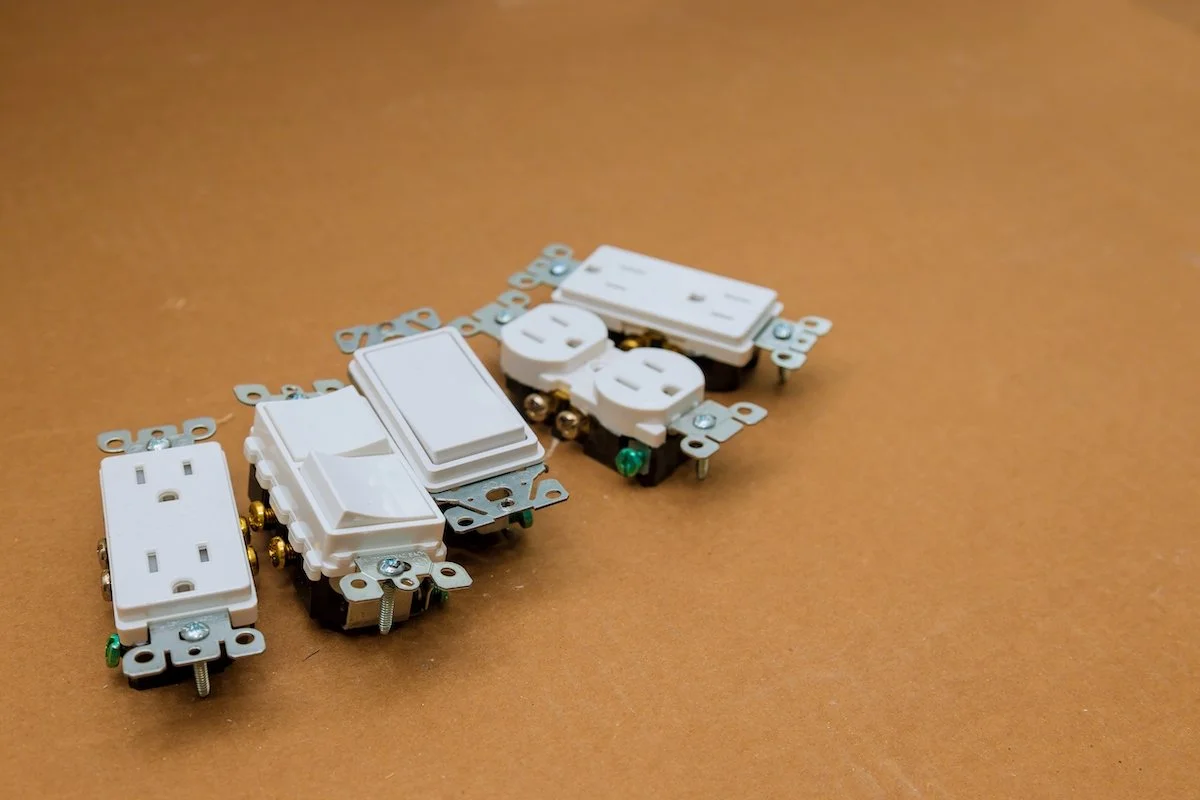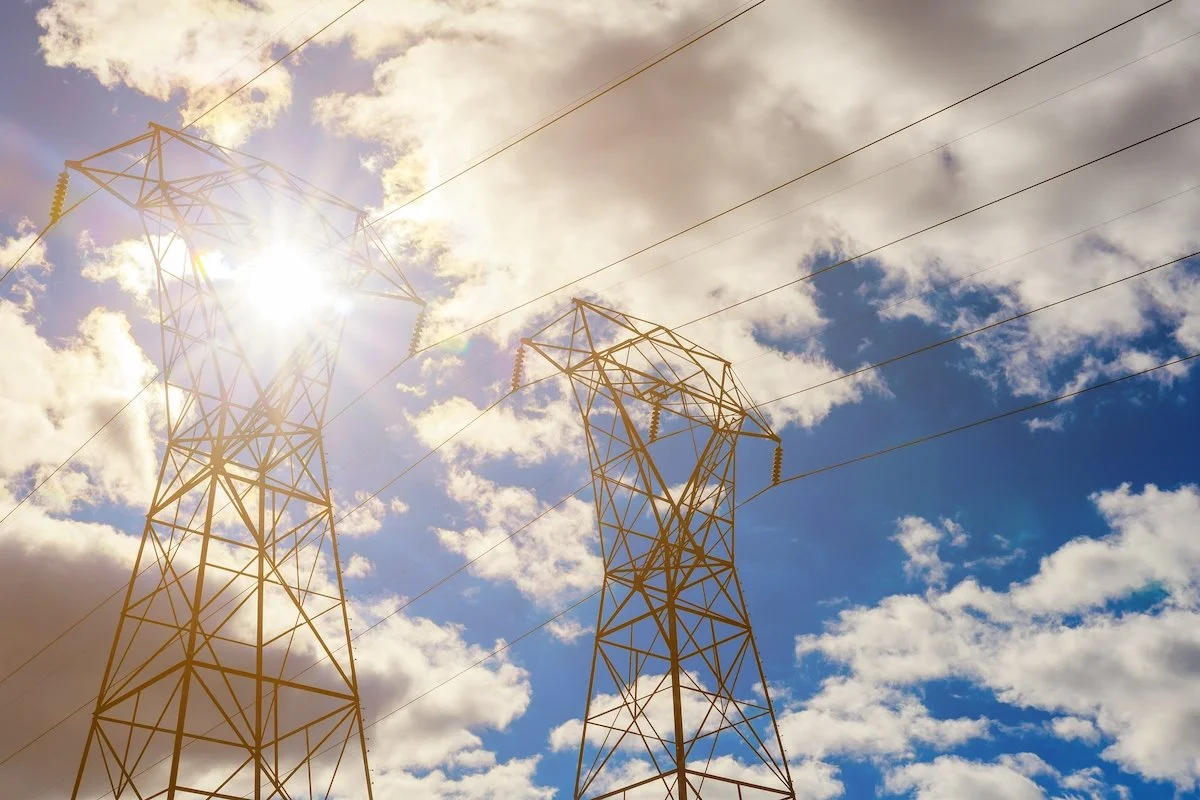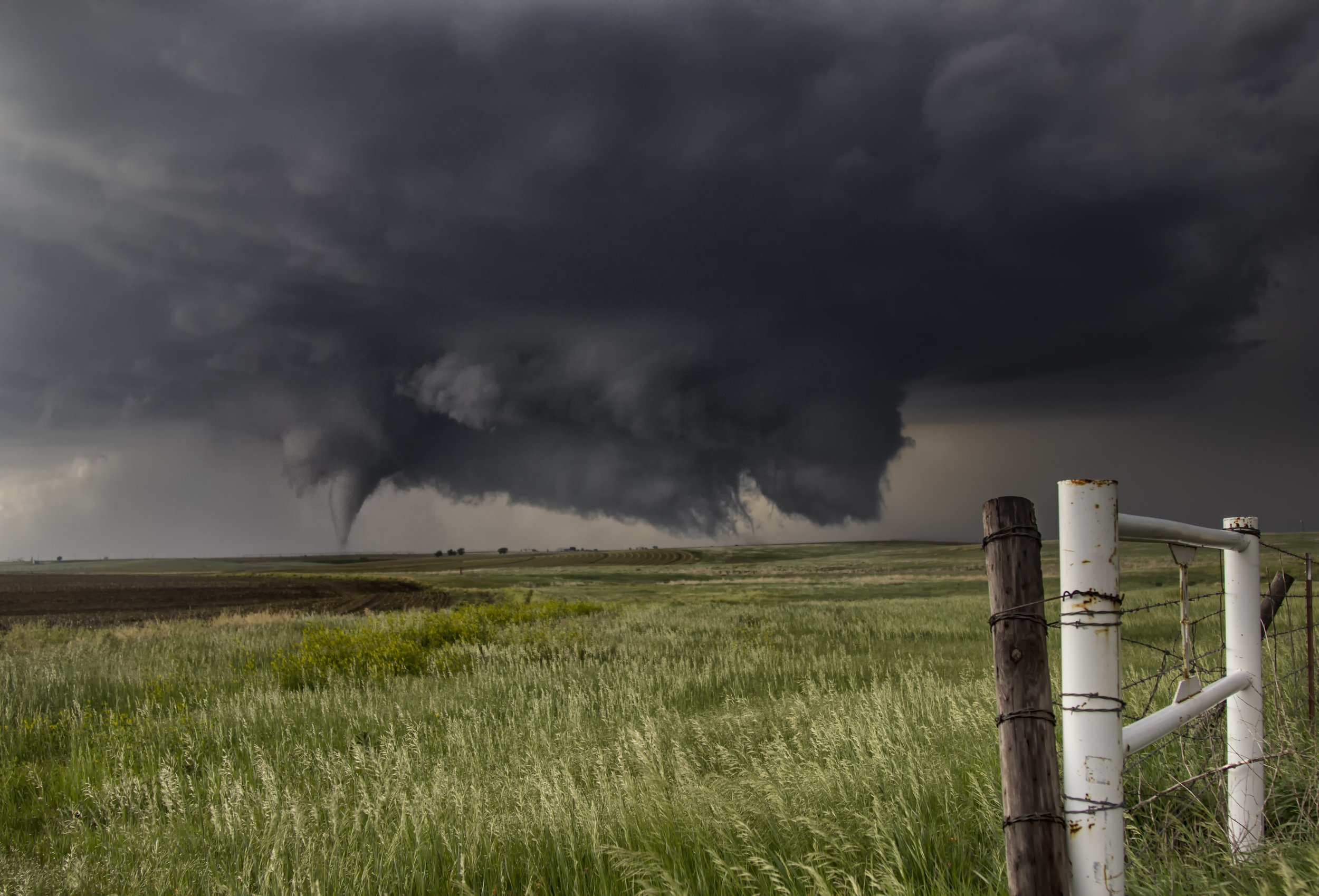Electrical Safety
Languages: English
Media Editing: This subject does not contain any editable media.
Description: This subject teaches learners about electricity, how an electrical current travels, how to contain it, and what safety measures to take when working with electricity. This subject also teaches some of the ways to protect against electrical shock, what to do when in an electrically-charged environment, and it spends some time teaching about outlets and plugs that are specific to North America. Content is intended to support OSHA training requirements for "non-qualified" electrical workers (defined as electrical workers who are not assigned or permitted to work on live electrical systems).
Languages: English
Media Editing: This subject does not contain any editable media.
Description: This subject teaches learners about electricity, how an electrical current travels, how to contain it, and what safety measures to take when working with electricity. This subject also teaches some of the ways to protect against electrical shock, what to do when in an electrically-charged environment, and it spends some time teaching about outlets and plugs that are specific to North America. Content is intended to support OSHA training requirements for "non-qualified" electrical workers (defined as electrical workers who are not assigned or permitted to work on live electrical systems).
Languages: English
Media Editing: This subject does not contain any editable media.
Description: This subject teaches learners about electricity, how an electrical current travels, how to contain it, and what safety measures to take when working with electricity. This subject also teaches some of the ways to protect against electrical shock, what to do when in an electrically-charged environment, and it spends some time teaching about outlets and plugs that are specific to North America. Content is intended to support OSHA training requirements for "non-qualified" electrical workers (defined as electrical workers who are not assigned or permitted to work on live electrical systems).
Topics
How Electricity Travels
-
This topic introduces and explains some of the introductory elements of electricity, including how it travels and how it’s contained or guided from its source to its destination. The content in this topic also explains the basic wiring in a standard North American 120-volt outlet.
-
Questions (level 1, 2, 3)
-
This topic is currently available in English.
-
An electric current is the flow of electric charge, usually electrons, through a wire. It travels from its source, like a power plant, to its destination, our homes, offices, etc.
Electrical current will always try to find the path back to the ground, even if it means travelling through humans.
Electrical wiring is used to contain and guide the electrical current. This helps keep people and the environment safe from electrical hazards while the current travels from where it’s created to where it’s needed.
Standard North American 120V circuits have three wires: the hot wire, the neutral wire, the ground wire. Electricity flows through the wires to the device, and then back into the ground safely.
Most 120v outlets in North America have three slots: the narrow slot is for the hot wire; the larger slot is for the neutral wire; the small circular hole under the slots is for the grounding wire.
Electricity flows into the device through the hot wire; it’s usually black or brown. If you touch the hot wire, you will get an electrical shock.
The neutral wire (usually white or blue) guides electricity out of the device, to the breaker panel, and back into the ground.
The ground wire, usually green, is an extra safety feature. The ground wire provides an alternate way for the electrical current to get back to the electrical panel if one of the other wires fail, or fault.
Preview of topic image for “How Electricity Travels” as this topic is questions only.
Electricity and Staying Safe
-
We all work with electricity in one capacity or another every single day, and we take for granted the security devices in place to protect us from electrical shocks and injuries. This topic teaches learners about some of the injuries and impacts electricity can have on the body, and about the four main ways we can control and protect ourselves from electrical hazards: insulation, guarding, grounding, and circuit protectors.
-
Questions (level 1, 2, 3)
-
This topic is currently available in English.
-
The human body is 50% to 60% water; therefore, it’s an efficient conductor for electricity.
Too much electrical current in the body can cause muscle, nerve, and tissue damage, and break bones. Muscle spasms can affect the diaphragm, which can stop a person from breathing.
Too much electrical current in the body can cause internal burns to muscles and organs, and impact the heart, which can kill a person.
The full impact of electrical shock might not visible on the exterior of the body. Always see a medical professional after electrical shock because the unseen internal damage can be severe.
Insulation, guarding, grounding, and circuit protection devices are the four main ways to contain electricity and protect against shocks.
An insulator is any material that is resistant to electricity. (Ex: rubber, plastics, glass)
Guarding is a physical guard or sign used to keep people away from electrical equipment. (Ex: fences, gates).
Grounding creates an alternate direct detour that guides the electrical current to the ground to reduce or eliminate the electrical current that could flow through a person.
Circuit protection devices are designed to automatically limit or shut off the flow of electricity if there is a ground-fault, overload, or short circuit in the wiring system. Fuses, circuit breakers, and ground-fault circuit interrupters are three well-known examples of circuit protection devices.
Circuit breakers protect the building or equipment from excess electrical current cause by an overload or short circuits, but they will not protect a person from shock.
Every hole in a circuit breaker panel needs to be filled by a circuit breaker or be covered because the wires in them are live or hot.
Preview of topic image for “Electricity and Staying Safe” as this topic is questions only.
Ground Fault Circuit Interrupters (GFCIs)
-
Ground fault circuit interrupters, or GFCIs, have been mandatory in North America since the early 1970s, yet many people still don’t understand what they are, and more importantly, what they do. In this topic, learners are taught the role that GFCIs play in electrical safety, when, where, and why to use them, and how to test a GFCI to make sure it’s working properly.
-
Questions (level 1, 2, 3)
-
This topic is currently available in English.
-
Ground faults are usually caused by damaged insulation on wiring, or getting electrical equipment wet.
Ground fault is when the electrical current can’t make its regular circuit, so the electricity finds a different path to the ground, one it wasn’t meant to be on. (Can include going through a person’s body.)
Ground fault circuit interrupters (GFCIs) are used to protect people from ground fault shock.
A GFCI compares the amount of electricity flowing into a device and the amount flowing out of the device. If it detects a discrepancy, the GFCI shuts off the current because the extra current could become dangerous as it looks for its path back into the ground.
Install GFCIs in areas that are wet, damp, or dusty because the risk of electric shock is higher in these environments.
(Ex: Kitchens, bathrooms, worksites, outdoor circuits, etc.)
To test a GFCI outlet, plug a lamp into the GFCI outlet; the light should turn on. Press the Test button on the GFCI. If the GFCI is working properly, the light should go out. If not, have the GFCI repaired or replaced by an electrician. Press the Reset button on the GFCI to restore power.
Make sure that all equipment near water is plugged in to a GFCI. (Ex: equipment in a kitchen, bathroom, wet saws, etc.)
GFCIs should be tested regularly, even monthly, to ensure they are working properly. (Power surges, electrical storms, etc. can impact their performance.)
Preview of topic image for “Ground Fault Circuit Interrupters (GFCIs)” as this topic is questions only.
Inspecting and Testing Outlets and Plugs
-
We don’t often think about inspecting our electrical outlets and plugs before we use them, but performing a quick safety inspection can help identify possible shock, fire, or electrocution hazards. This topic teaches users how to properly perform these inspections, what to do if a device ‘trips’ an outlet, and how electricity is measured.
-
Questions (level 1, 2, 3)
-
This topic is currently available in English.
-
The amount of power each device uses is measured in watts.
The amount of electricity available in a circuit is measured in amps. (Most electrical outlets are wired to 15 – 20 amp circuits.)
Pulling too much power from an outlet can overload the outlet and is dangerous. It could damage the equipment or cause a fire.
(Ex: using multi plugin adapters, or “octopus outlets”.)
If a tool ‘trips’ an outlet, try using it in another outlet, in a different part of the building. If it trips the second outlet, unplug it, and take it to be repaired.
(This is an indication that the tool’s wiring isn’t working correctly. Never use an electrical device that doesn’t work properly.)
If a tool trips an outlet, but it works in a different outlet, then the first outlet might be overloaded. Unplug everything, and try the tool again. If it still doesn’t work, do not use the outlet, and call an electrician to fix the issue.
To avoid shocks or hazards, make sure all outlets are covered, and there are no exposed wires or missing knockouts.
Inspect outlets for signs that they’re worn out. If a plug doesn’t fit securely in the outlet, remove the plug, and call an electrician. Exposed wires/prongs can cause electrical shock, sparks, etc.
Inspect all cords and plugs for exposed wires or cracked rubber before using them. This will help to prevent harmful shocks, sparks, or fires.
Make sure plugs aren’t damaged or bent; compromised plugs could become a hazard.
Preview of topic image for “Inspecting and Testing Outlets and Plugs” as this topic is questions only.
Inspecting and Selecting Cords
-
Knowing how to inspect and select the right type of extension cord for the job is an important part of electrical safety. The content in this topic teaches learners some helpful tips to remember, like comparing capacity labels on cords and devices, why it’s important to keep slack on cords, how long they should be used, and more.
-
Questions (level 1, 2, 3)
-
This topic is currently available in English.
-
Always use the right type of extension cord for the job. (Use exterior-rated cords for outdoor work because indoor cords are not designed to handle the water, dirt, dust, humidity, etc., that comes with outdoor work. If your device has a three-prong plug, only use a three-prong extension cord.)
A smaller gauge on an extension cord means that it can handle more current. For example, a 12-gauge cord can handle more current than a 16-gauge cord.
Make sure that your extension cord is appropriate for the tool or device; check the label on the device to see if it matches the rating on the cord. The cord should have an equal or higher rating than the device.
When an extension cord is overloaded, it can become warm or hot to the touch. A hot cord can be dangerous.
Do not use an extension cord for more than 90 days, and do not attach several cords together. Extension cords are supposed to be a temporary solution. If a long-term solution is required, try rearranging the work area.
Avoid pulling the extension cord too tight; too much tension on the cord can damage the wires or the prongs.
Check your tools or devices to make sure there are no cracks in the insulation or exposed wires.
Use cord protectors on the floor/ground, so the cords don’t get damaged and to avoid creating trip hazards.
Don’t yank on cords, or use the cords to carry or lower tools. Damaged cords could shock, burn, spark, etc.
Preview of topic image for “Inspecting and Selecting Cords” as this topic is questions only.
Electrical Safety Around Buried and Overhead Power Lines
-
In this topic, learners are taught some key best practices to help them stay safe when working near active power lines, including the proper distance they need to maintain from active power lines. Learners are also taught how to safely leave an area if the ground around them becomes electrically charged.
-
Questions (level 1, 2, 3)
-
This topic is currently available in English.
-
Overhead and buried power lines are especially dangerous because they carry high voltage. Fatal electrocution is the primary risk, but burns and falls can also be hazardous.
To avoid electrocution, check the area thoroughly to make sure you maintain a safe distance from all power lines. Non-metallic ladders and/or tools can conduct electricity, and you could be seriously hurt or killed.
Electricity can also travel through the ground. Depending on the voltage, electrical fields can develop if there is direct contact or if equipment, like a crane, is too close to a power line. This creates unsafe ground conditions, and you should take extra precautions to avoid being seriously injured.
If you suspect that the ground is electrically charged, and you are not in danger from fire or from being electrocuted, stay where you are, and call to warn others to keep their distance from the equipment.
If you suspect that the ground is electrically charged, but you must get out of your equipment, jump with your feet together, and do not touch the machines. Hop or shuffle out of the area, with your feet together to reduce the risk of electric shock. Call for help, and do not return to the equipment.
Work at a safe distance from all power lines. You should keep yourself and equipment at least 10 feet away from power lines with voltages up to 50kV. Assume they are always energized.
For higher voltage lines, the required distance is even greater. For voltages between 50 kV and 200 kV, the minimum distance is 15 feet, and for voltages 200 kV to 350 kV, the minimum distance is 20 feet.
If the voltage is 350 kV to 500 KV, you should be a minimum distance of 25 feet away from the power line to avoid electrocution.
If the voltage of a power line is 500 kV to 750 kV, you should be a minimum distance of 35 feet away to avoid being electrocuted.
Preview of topic image for “Electrical Safety Around Buried and Overhead Power Lines” as this topic is questions only.












